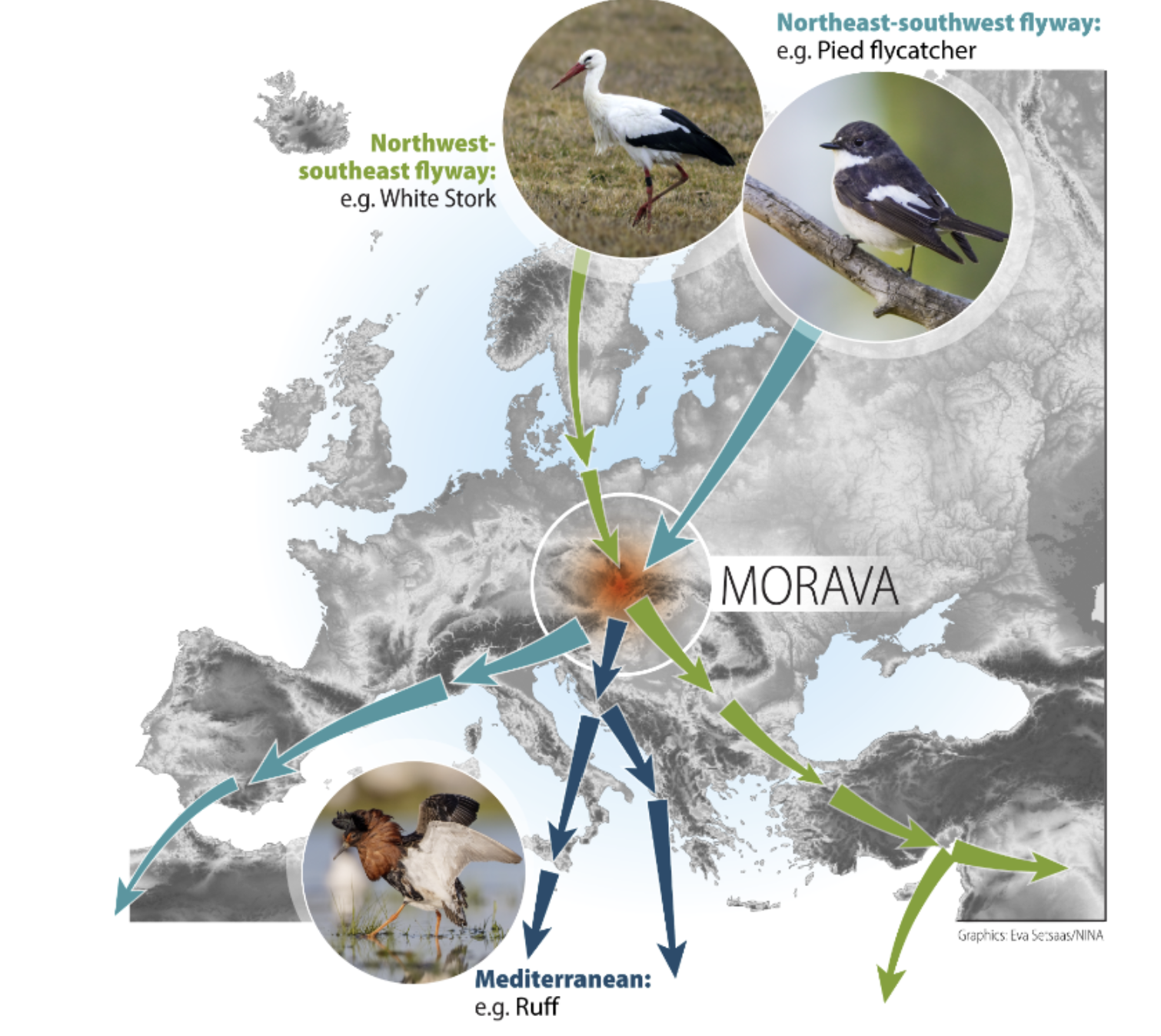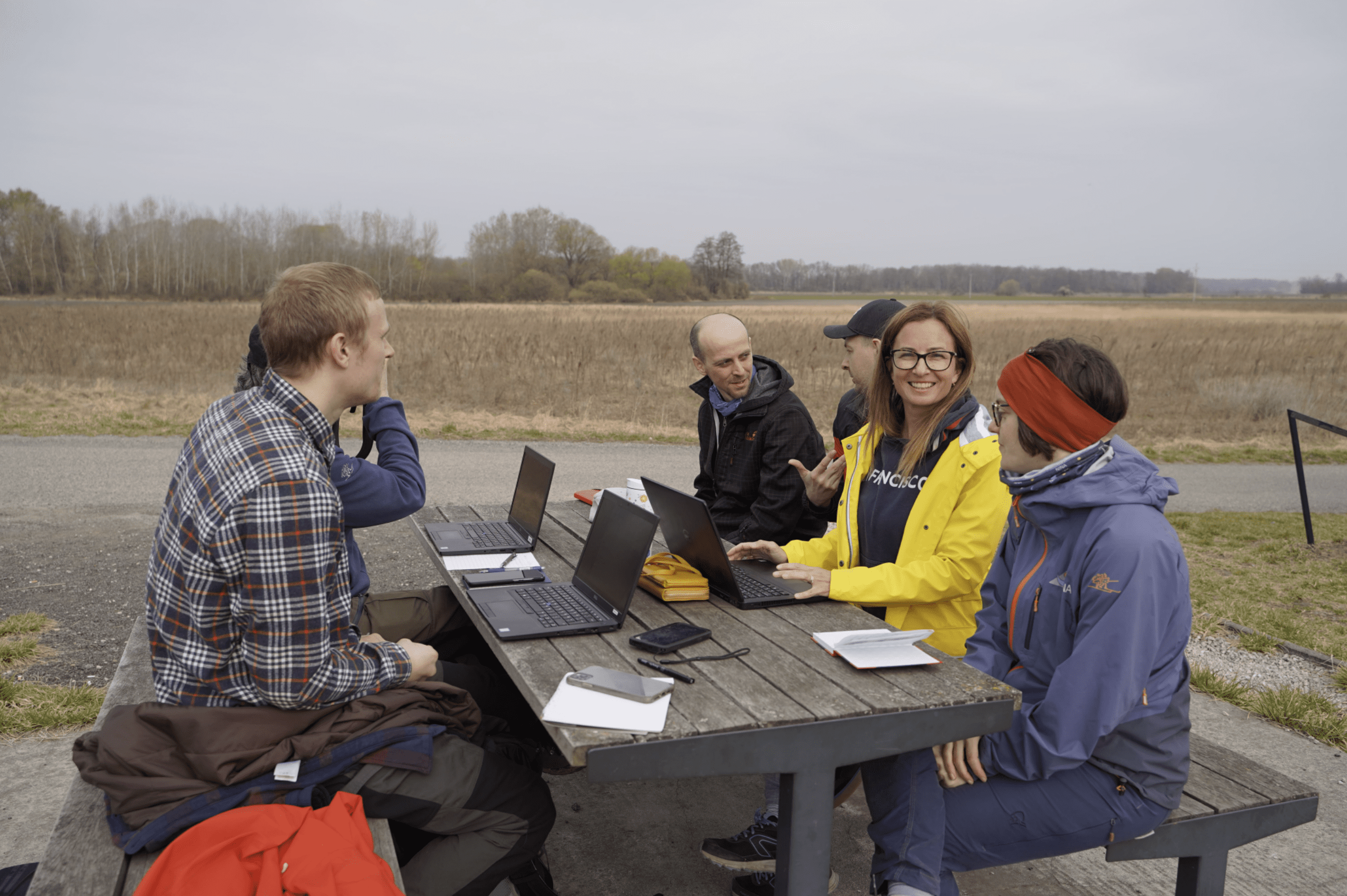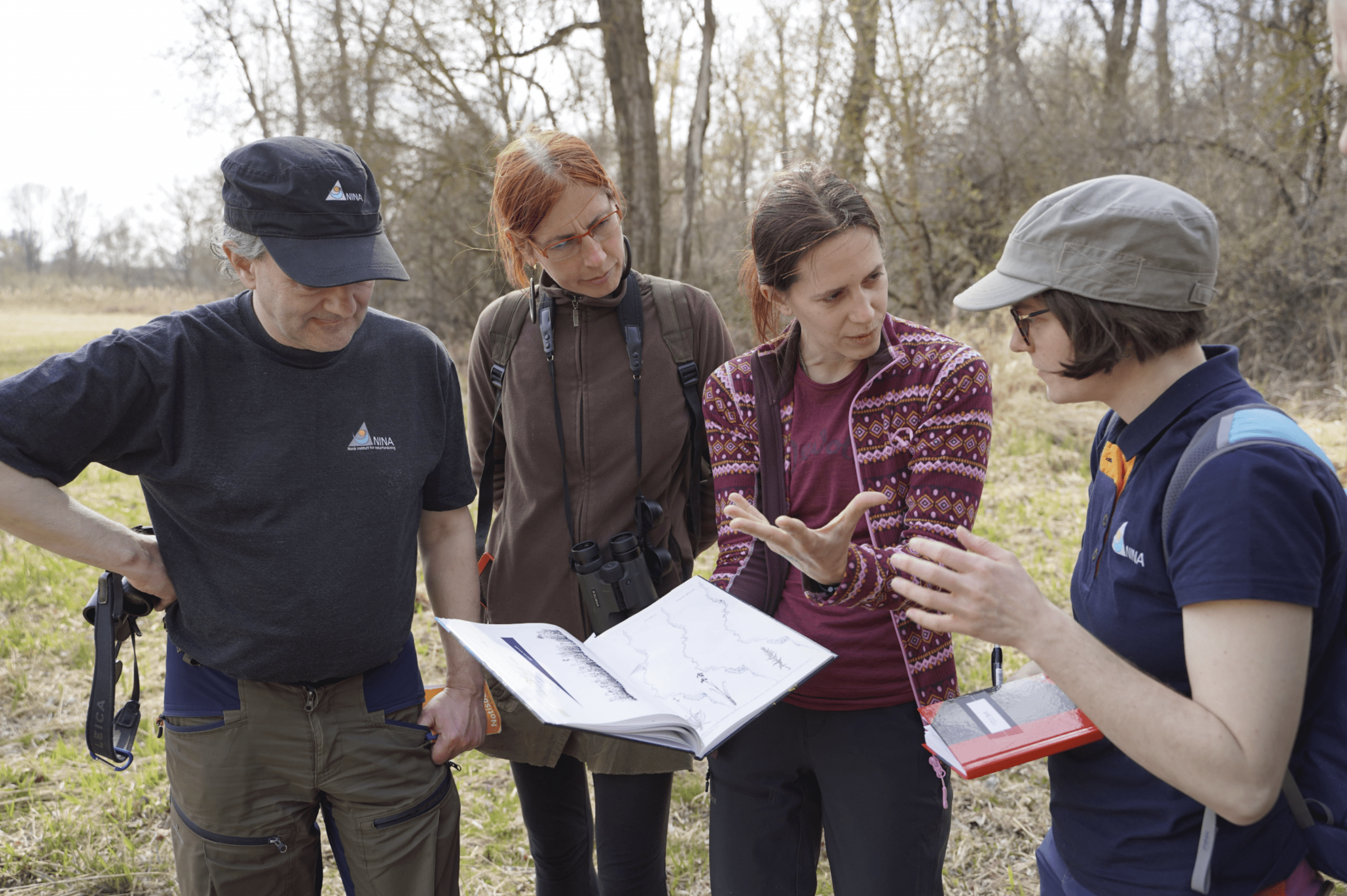How Europe is losing its wetlands
Europe's wetlands are vanishing at an alarming rate. Globally, an area the size of India has disappeared so far. The reasons why this is happening vary, ranging from intensive agricultural expansion to urban development and infrastructure projects, as well as the effects of climate change – altered rainfall patterns and increased frequency of extreme weather events. Our wetlands, which are unique natural habitats, have been severely disrupted, leading to significant ecological degradation.
The rapid decline of wetland ecosystems poses a critical challenge in Europe, threatening biodiversity and the natural services these habitats provide, such as flood mitigation, water purification and carbon sequestration. In response to this pressing issue, a groundbreaking project seeks to reverse the tide of loss and degradation, aiming to restore these vital ecosystems to their former glory. Through innovative conservation strategies and community engagement, the initiative stands as a vital effort in Europe's environmental restoration endeavours.
 Basin of the river in Slovakia. Photo credits: BROZ - conservation association.
Basin of the river in Slovakia. Photo credits: BROZ - conservation association.
Slovakia is turning the tide on wetland loss
Historically, the Malé Leváre area was rich with wetlands, which played a critical role in supporting diverse plant and animal species while stabilising the local microclimate in Slovakia. Over the past century, the wetlands of the Morava river alluvium have significantly declined due to extensive agricultural practices and river modifications. Stream regulation through dam building and the removal of meanders have led to reduced naturally flooded areas, deeper riverbeds, and quicker water outflow. Additionally, the conversion of alluvial meadows to farmland, combined with heavy use of fertilizers and herbicides, has not only reduced these wetlands but also degraded biodiversity and increased soil erosion.
Today, thanks to the collaborative efforts spearheaded by local Slovak experts and the Norwegian Institute for Nature Research (NINA), the region is witnessing the resurgence of these ecosystems. The project ‘Wetlands for life and well-being’ focuses on converting approximately 210,000 m² of degraded wetland and alluvial sites into flourishing, species-rich alluvial meadows that are home to protected plant species.
The initiative is part of the Climate change mitigation and adaptation programme funded by the Norway Grants in Slovakia, which aims to tackle climate change and reduce its impact through two main goals. Firstly, by increasing awareness and action on climate change in specific areas, including projects with local authorities. Secondly, by helping ecosystems adapt better to climate change – restoring damaged areas.
From a pilot project to a best practice initiative in the region
The project idea originated from the needs of the region, and after its completion, the project is inspiring others to do the same and follow their example, motivating stakeholders towards more wetland restoration projects. “Based on common long-term discussions with local stakeholders such as inhabitants, municipality Male Levare and landowners, we agreed to launch a pilot project and, if successful, scale up the idea”, says Jana Tothova, Project Manager.
Our common vision is to create a place suitable for relaxation and education about the importance of local wetlands. A place with rich biodiversity, full of synergies with other projects and activities in the area, with a positive impact on residents and tourists. Jana Tothova, Project Manager, Green Foundation
This initiative is enhancing the region’s transition to organic and sustainable agriculture, which is in line with the EU Common Agricultural Policy. One of the most notable outcomes of the project is the transformation of the intensively used agricultural field of 5 hectares with monocultures into a meadow that has become a paradise for birds that migrate from the north to the south through the Carpathian corridor. According to NINA, this area serves as a crucial flyway for migratory birds such as nightingales, blackbirds, chiffchaffs, cranes, and other species, providing them with essential rest stops and nourishments on their long journey across continents. “In a matter of months, the project re-established a traditional, species-rich wet meadow on a field that was bare earth half the year, using locally sourced seed. For migrating birds, this is an enormous seed source where, previously, there was really nothing at all”, says Duncan Halley, Senior Research Scientist from the Norwegian Institute for Nature Research (NINA).

This project is important for biodiversity and climate mitigation and adaptation. Besides, it includes environmental education and promotes outdoor life. It is good to know that by restoring wetlands in Slovakia, this project will help migrating birds to find food and rest on their way between Norway and countries further south. Marianne Gjørv, Senior Adviser, Norwegian Environment Agency (Donor Programme Partner)
Protecting vital habitats for migrating birds is essential, but the benefits of restoration extend far beyond birds. The project has also contributed to an increase in the cultivation of various-species and crops that are characteristic in the Záhorie region. This has led to an increase in small farms, creating more opportunities for breeding and grazing cattle. In addition, more than 500 original species of trees are now planted in the Malé Leváre cadastre area. These aspects have also helped make the region more attractive to young farmers, resulting in the creation of new job opportunities in this sector.
This initiative went beyond habitant restoration and job creation – it also contributed to slow tourism and ecotourism in the area, helping meet the’ Sustainable Tourism and Diverse culture’ objective for the district of Malacky with an educational trail.
The trail describes the importance of wetlands and wetland conservation and helps educate visitors, local residents, landowners and local governments about the diverse species that inhabit these areas. But there’s even more. The trail was also designed to meet the needs of children with autistic spectre disorders, by including trail boards in cooperation with the ANDREAS autism centre, making the trail friendly for children with autism spectrum disorders.
Joining forces for wetland restoration
The project was led by the Green Foundation, in cooperation with the BROZ - conservation association and the Norwegian Institute for Nature Research (NINA). The cooperation with the Norwegian partner was an added value for the project. “Our cooperation was more than a pure partnership – it became a real friendship”, adds Jana. “The transfer of knowledge from Norway to Slovakia and vice versa was an added value for the project. The strong professional relations we built with this project will be used in the future. In fact, we are already planning other joint projects together with NINA”, she adds.

Jana Tothova(yellow jacket), Project Manager at the Green Foundation, during one of the project activities. Photo credits: Green Foundation
For the Norwegian partner, the involvement in this project was also very enriching. It brought a valuable cross-border perspective, fostering knowledge exchange and introducing advanced scientific methodologies to the local teams. “We were astonished to see for ourselves the huge potential for wetland restoration in the region, beneficial to people and wildlife alike; and very impressed by the skill, resourcefulness, and community engagement of our partners in getting the project restoration work achieved on the ground.”, says Senior Wildlife Biologist Dr. Duncan Halley, Norwegian Institute for Nature Research.

Duncan Halley and Anne C Mehlhoop (on the left), from the Norwegian Institute for Nature Research, during one of the project visits with the Slovak partners. Photo credits: Green Foundation
Restoring wetlands has a far greater effect on climate and biodiversity than any other type of nature. Wetlands are by far the best carbon sinks that not even rainforests can compete with. Anne C. Mehlhoop, Researcher, Norwegian Institute for Nature Research (NINA)
Small actions leading to big impacts
The initial success of the wetland restoration in Malé Leváre has not only revitalised local ecosystems but also set a precedent for environmental restoration across the region. Within just a year, the project demonstrated substantial ecological benefits, from increased biodiversity to enhanced agricultural opportunities, sparking interest from surrounding areas. This pilot restoration has now evolved into a broader, more comprehensive initiative, aiming to expand the rejuvenated areas and integrate them into a network of protected habitats. As a result, neighbouring communities and environmental stakeholders are inspired to replicate this model, recognising the significant ecological and economic advantages of such conservation efforts. The Malé Leváre project stands as an example of sustainable development, illustrating how localised efforts can ripple outwards, catalysing regional environmental strategies and fostering a collective commitment to preserving and enhancing natural landscapes. “Beneficial in itself, the project work also provides ‘proof of concept’ of what can be achieved if restoration is scaled up to its regional potential on the Morava, Danube, and more widely”, adds Senior Wildlife Biologist Dr. Duncan Halley, Norwegian Institute for Nature Research.
Initiatives like this one are crucial for safeguarding our wetlands, which act as vital buffers against climate change by sequestering carbon, purifying water, and supporting immense biodiversity. Such initiatives not only restore these indispensable ecosystems but also set a global standard for conservation, underscoring the profound role of wetlands in sustaining our planet's health and diversity.
Find out more about our Climate change, environment and energy programmes here.

